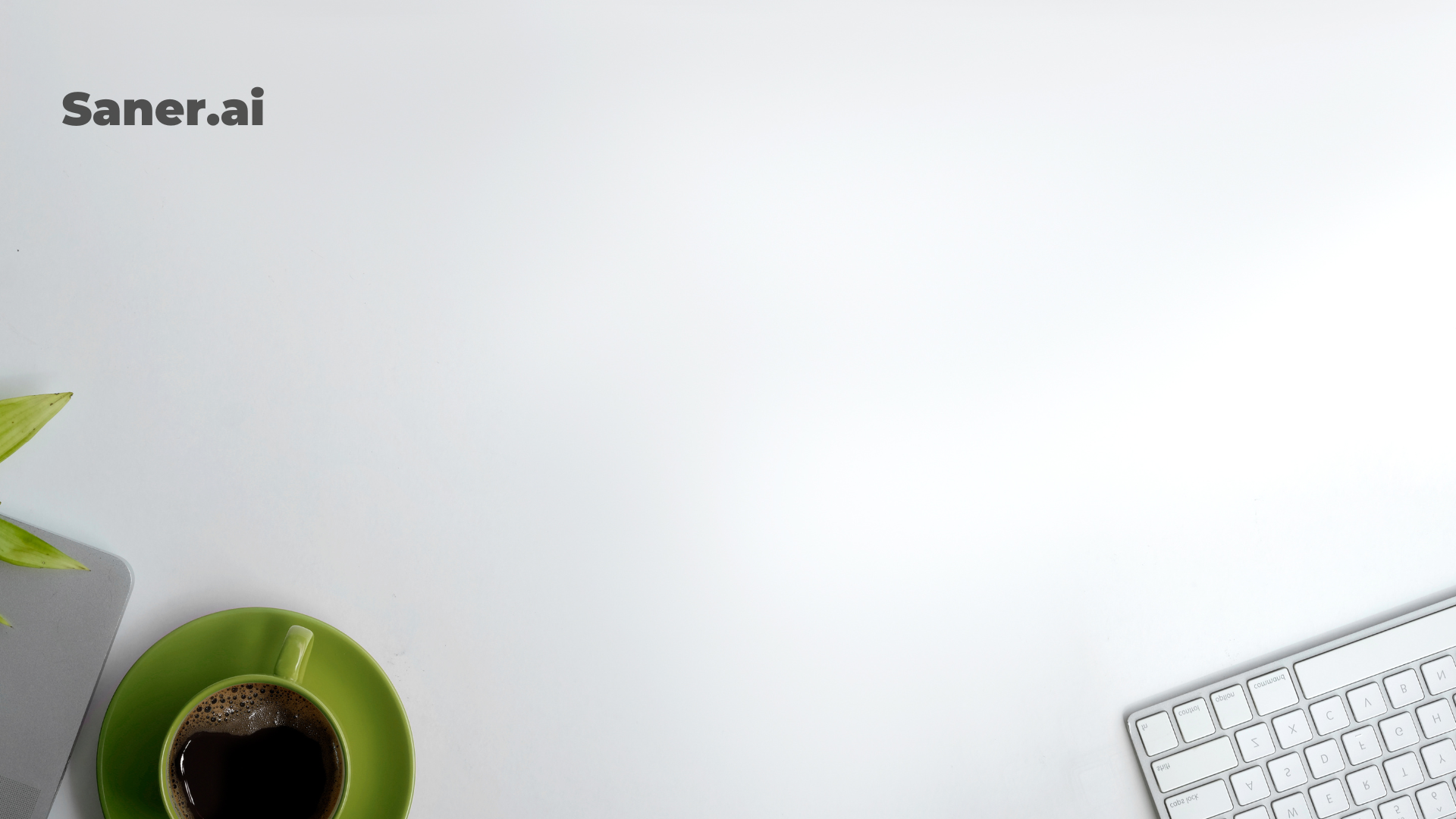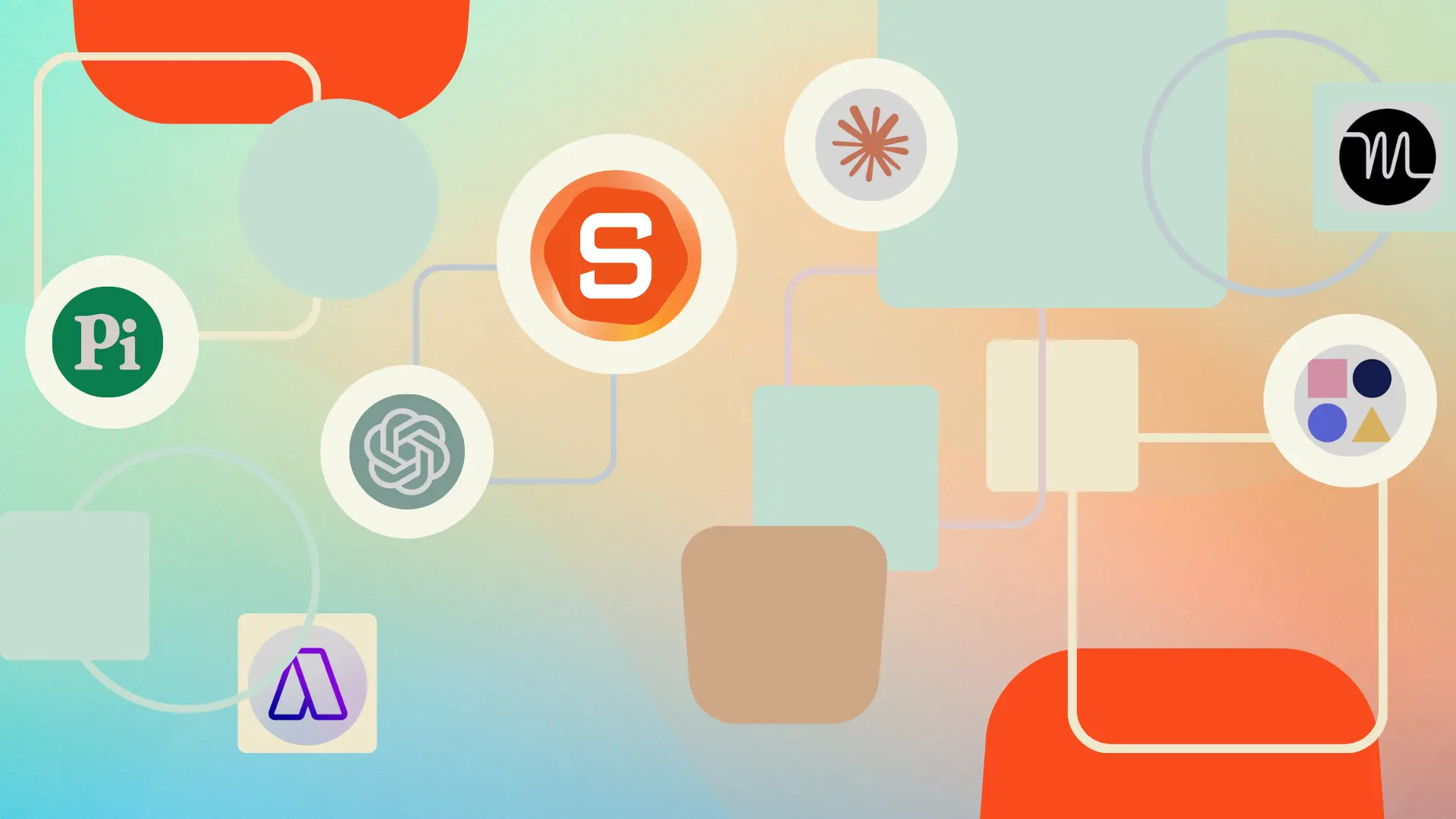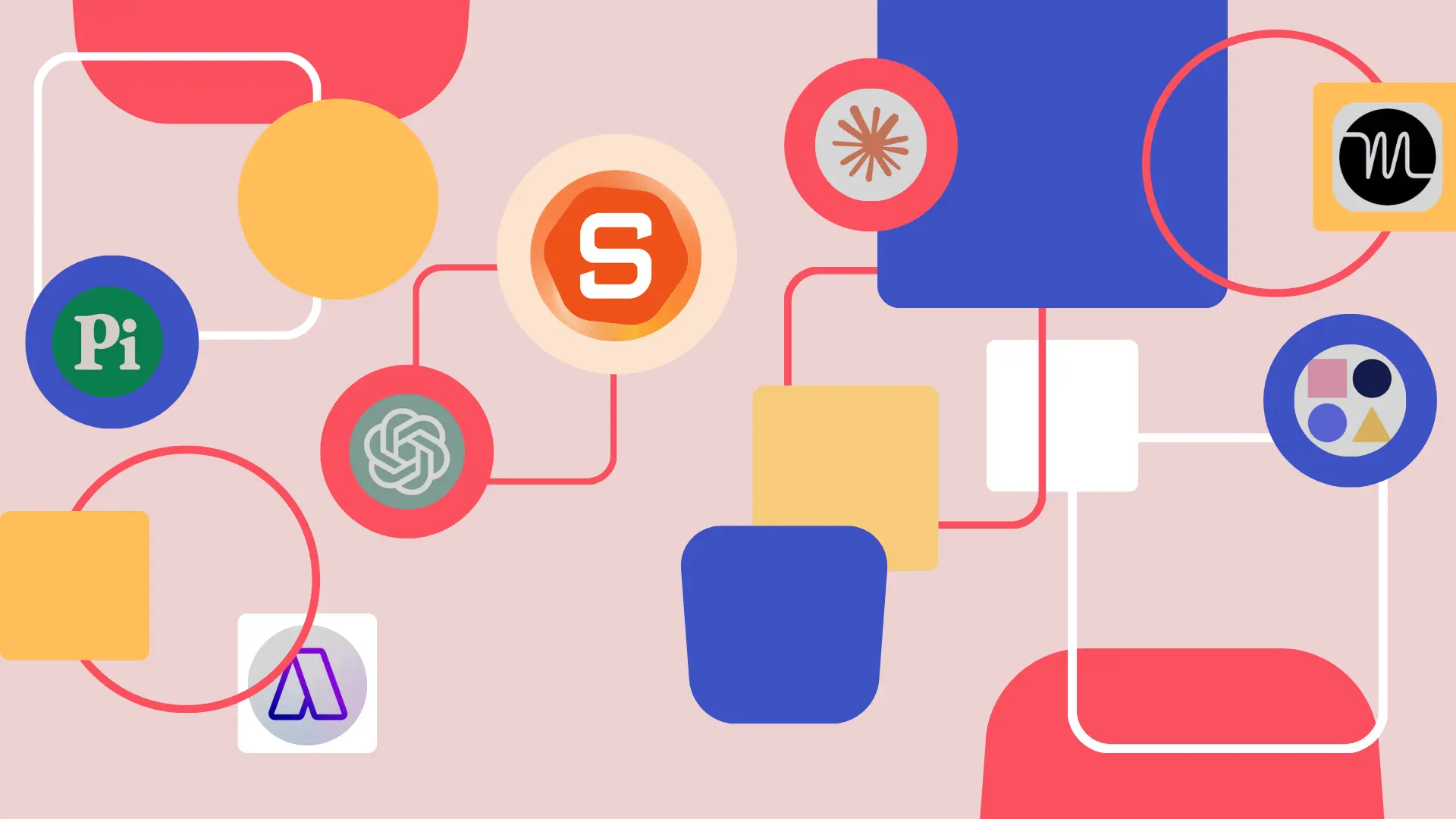The Truth About ADHD Hyperfixation

When you’re really engrossed in an activity, time can seem to disappear, right? Whether it’s strumming a guitar, diving into a captivating novel, or mastering a new craft, these moments can be incredibly fulfilling.
For those without ADHD, this state of “flow” is a delightful and productive way to pass the time. But for individuals with ADHD, this intense focus, often called hyperfixation, can be a double-edged sword. It can lead to remarkable achievements and in-depth knowledge (which is fantastic!), but it might also mean neglecting other important aspects of life (which can be tricky).
Interestingly, hyperfixation isn’t listed as an official symptom of ADHD, and it might even seem at odds with typical symptoms like inattention and distractibility.
But here’s a twist: ADHD isn’t all about lacking attention; it’s also about having a surplus of it! The real challenge is in managing and directing this abundant attention effectively.
When not managed properly, this can lead to what is known as ADHD hyperfixation.
The great news? You can learn to recognize when you’re hyperfixating and discover strategies to balance it out. This way, you can harness this unique ability for great achievements while keeping your life balanced and fulfilling.
Hyperfixation is a behavior commonly associated with attention-deficit/hyperactivity disorder (ADHD). It happens when someone gets really absorbed in a hobby or activity that they love. When someone is hyperfixated, they might lose track of time or even put aside other responsibilities because they’re so engaged in what they’re doing.
This usually happens with activities that are especially enjoyable. While in the midst of hyperfixation, a person might not be aware of their surroundings, and if someone interrupts them, it might take a moment for them to snap back to reality. It’s like being in a little bubble of your favorite thing!
Hyperfixation is something you might have heard about in relation to ADHD.
The usual symptoms of ADHD include things like having a hard time waiting your turn, interrupting people when they’re talking, or finding it tough to stick with your homework or chores.
However, hyperfixation does show up for some people with ADHD, they might find it really hard to switch their focus from something super interesting like the video to something less exciting like homework.
This intense focus on something you really enjoy is what we call hyperfixation.
When someone with ADHD experiences uncontrolled hyperfixation, they might find themselves overly attached to a hobby, activity, or object. This can show up in various ways, such as:
- Losing track of time: Hours can pass like minutes when you’re really into something.
- Becoming detached from surroundings: It’s like being in your own little world, barely noticing what’s happening around you.
- Neglecting roles and responsibilities: Sometimes, important tasks get pushed aside.
- Ignoring personal needs: Skipping meals or sleep because you’re so focused on something else.
- Struggling to stop or switch activities: It can be really hard to put something down or change tasks.
- Getting caught up with minor details: You might find yourself fixated on the smallest parts of whatever you’re doing.
Hyperfixation looks different for everyone. One person might be totally absorbed in knitting or painting, while another might spend hours watching the clouds drift by.
Sometimes, this intense focus can actually be a good thing. For instance, if you’re completely engaged in a work project, you might find that you can work for hours without getting distracted, which can be super productive.
However, there are times when hyperfixation can make daily life challenging.
For example, if you’re so wrapped up in a project or hobby, you might forget to take care of basic needs like eating or showering, or you might not get around to finishing other important tasks.
The intense concentration associated with ADHD isn’t always a problem, though. When you learn how to manage and direct your focus, it can become a powerful tool for achieving your goals.
By understanding how to balance your hyperfixation, you can harness it in ways that support your ambitions without letting it take over your life.
You can overcome ADHD hyperfixation with professional support and the right strategies.
The following approaches may help you move away from hyperfixation and toward a more balanced and healthy life. Not every strategy will work for every person, but pick a few that could be most applicable to your life. Here are six tips for how to stop hyperfixating on a person

Mindfulness is a gentle and effective way to anchor yourself in the present moment, helping you to avoid getting lost in thoughts about the past or worries about the future. It’s particularly useful if you find your mind often preoccupied with thoughts of someone or something specific.
One delightful method to practice mindfulness is through a “body scan” meditation. Begin at the top of your head and gradually move your attention through each part of your body down to your toes. As you focus on each area, notice any sensations there—tension, warmth, or maybe even a little discomfort. Gently relax each part before moving on to the next. This can help release physical tension and bring your mind back to the present.
Another wonderful mindfulness exercise is focusing on your breathing. Sit comfortably, close your eyes, and take slow, deep breaths. Concentrate on the feeling of the air entering and leaving your body, and the rise and fall of your chest or belly. This simple practice can be surprisingly powerful, providing a calm port in the storm of daily life.
For a slightly different approach, try the “be the pond” exercise. Imagine your mind as a still pond and your thoughts as leaves floating on the surface. Watch them drift by without getting involved or judging them. This can help you observe your thought patterns objectively, increasing your awareness and understanding of your mental landscape.
Incorporating these practices into your daily routine, even if just for a few minutes at a time, can significantly enhance your mindfulness and your ability to stay present and focused. Enjoy the journey of exploring your inner world!

Finding new and engaging activities can be a wonderful way to redirect your focus and energy! When you’re caught up in hyperfixation it can feel like your thoughts are on a never-ending loop.
Introducing fresh, exciting content into your life can help break that cycle and boost your dopamine levels, making it easier to shift your attention
How can you find alternative distractions
Think back to any hobbies or interests you’ve enjoyed in the past. Was there something you loved doing but drifted away from over time?
Maybe you used to paint, play an instrument, or were once an avid hiker. Revisiting these past passions can reignite that spark and provide a comforting sense of familiarity while also being stimulating.
Exploring new hobbies can also be incredibly rewarding
Is there something you’ve always wanted to try but never got around to? Perhaps learning a new language, cooking exotic recipes, or taking up photography? Setting small, achievable goals within these new interests can give you something exciting to look forward to and work towards.
Remember, the key is to find joy and engagement in these activities. They shouldn’t feel like a chore but rather like delightful explorations of your interests. So, grab a book, call a friend for a TV show marathon, or lace up your shoes for a walk in nature. Each step is a step towards a more balanced and enriched life. Enjoy the journey!

If you find that a hobby or interest is starting to take up a lot of your time, it might be helpful to set some friendly boundaries to keep things balanced. Here’s a cheerful way to go about it:
- Decide on Time Limits: Jot down how much time daily or weekly you think is reasonable to spend on your hobbies. Keep it fun but fair!
- Pick the Perfect Time: Choose a specific time of day for these activities, maybe as a nice wrap-up in the evening. This way, you can stay focused on work or studies during the day and look forward to your hobby time as a reward.
- Set Conditions: Think about when you’ll engage in your hobbies. For example, you might decide that hobby time comes only after you’ve finished a workout or during a specific “free time” slot in your schedule.
- Get Support: Loop in friends and family by asking them to check in with you about how you’re managing your time. It’s great to have a little nudge from your loved ones to keep you on track!
By setting these friendly boundaries, you can enjoy your hobbies without letting them overshadow your other important activities.
It’s a great idea to sprinkle some little breaks into the time you spend on activities you really love. Here’s a fun and easy way to do it:
- Set a Timer: For every 30 minutes you spend on your favorite pastime, why not schedule a quick 5-10 minute break? It’s like hitting the refresh button on your enthusiasm!
- Break Activities: During these breaks, do something totally different and refreshing. Maybe whip up a quick snack, stretch your legs with a short walk, or just do something simple that makes you smile and takes your mind off things for a bit.
Taking these mini breaks not only helps prevent getting too wrapped up in one thing, but it also keeps your day varied and exciting. It’s like giving yourself little surprises throughout the day to look forward to!

Cognitive Behavioral Therapy (CBT) is one therapeutic approach that can be particularly helpful. It involves examining the relationships between your thoughts, feelings, and behaviors, and learning how to disrupt the cycles that are not serving you well.
Seeking guidance from a mental health professional can help to understand and manage hyperfixation. A therapist, especially one familiar with hyperfixation, can
- Provide valuable insights into why you might be experiencing these intense focus patterns and help you develop strategies to navigate them more effectively.
- Your therapist might also give you “homework” assignments that encourage you to practice new skills or strategies outside of your sessions, helping you to make progress and see tangible improvements in your daily life.
- Therapy can address any underlying issues that might be contributing to your hyperfixation, such as emotional dysregulation, impulsive behaviors, or addiction. Understanding these underlying factors is crucial for making lasting changes.
- Engaging in talk therapy can also help you explore the roots of your hyperfixation. By understanding the ‘whys’ behind your behavior, you can start building healthier relationships and patterns moving forward.
Remember, reaching out for help is a sign of strength, not weakness. It’s a proactive step towards taking control of your mental health and creating the life you want to live. So, if you’re feeling stuck, don’t hesitate to seek the support you deserve.



